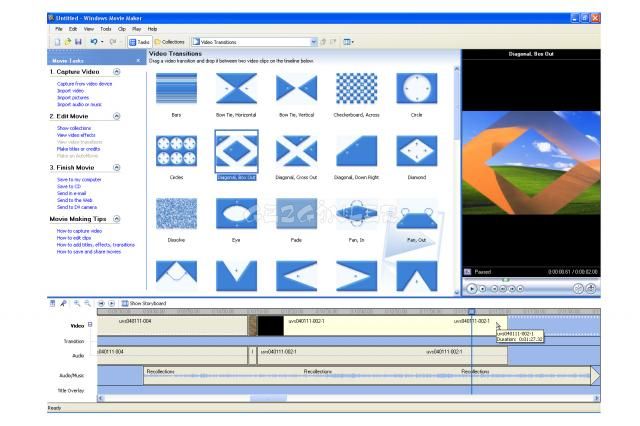

The basic requirement for running Windows DVD maker and Windows Movie Maker are same except for the operating system. In such cases, follow the steps mentioned in the second section – to save and burn your DVD. Sometimes it won’t burn the DVD properly. The only thing is that Windows DVD Maker can write directly to a DVD and contains few more video effects as well as transitions. It too has several transition and clip (video) effects. The Windows Movie Maker too can capture images and video directly using your camera.

If you have worked on the Windows Movie Maker in Windows XP, you will find that there is only slight difference between Windows DVD Maker and Windows Movie Maker.

Alternatively, you can use a transition effect that gives an impression that the next photograph emerges from the center of the current image to cover the entire screen. You can use the transition effects to dissolve a photograph to produce the next in sequence. The product offers features such as adding special effects to the media clips as well as transitions. Windows DVD Maker is used to create a video using a selection of photographs or small videos from your HD camera with some audio for use with DVD players. Transition effects define how a media clip moves to the adjacent media clip. Designed specially for Vista and Windows 7, Windows DVD Maker has a range of transition effects. You may think of Windows DVD Maker (Fig 1) as an enhanced version of Windows Movie Maker (Fig 2): with more features that are easy to understand and use. What is Windows DVD Maker - Difference in Windows DVD Maker and Windows Movie Maker


 0 kommentar(er)
0 kommentar(er)
